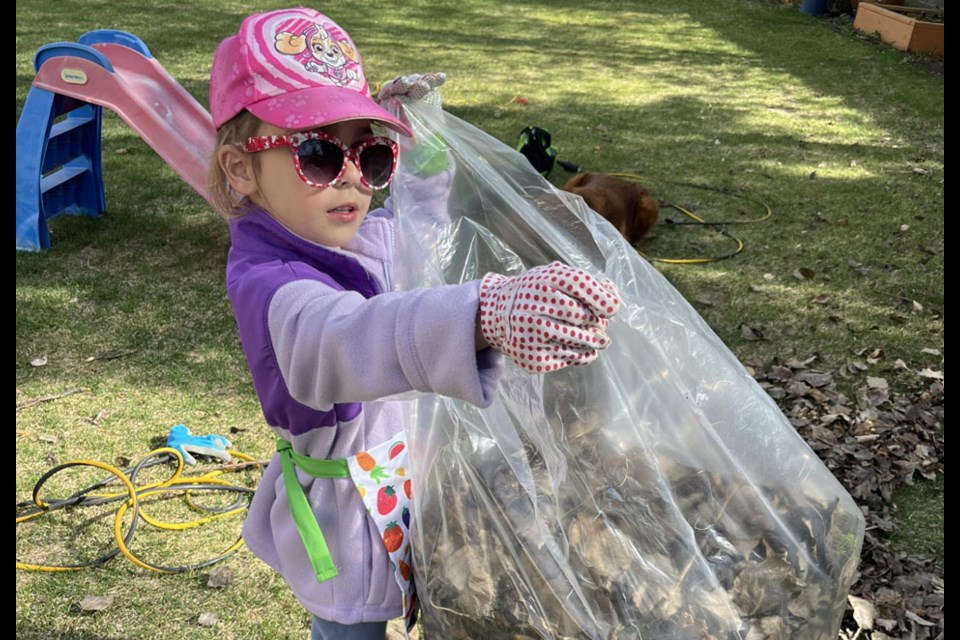Parenting is both a gift and a challenge—your world expands to include your children’s needs, and hobbies often take a backseat. But gardening is one hobby where kids can easily join in. It might get messy, and bean seeds may end up with the carrots, but their excitement and pride make every imperfect moment worth it.
Starting transplants indoors
If you're someone who enjoys starting transplants indoors, it's the perfect opportunity to get children excited about dirt, plants, and seeds. Let them help fill the trays or pots and gently pack down the soil. Kids love the tactile experience—especially if they can make “muddy puddles,” Peppa Pig-style!
Once children are around 2–3 years old, they can help plant larger seeds. A pencil works wonderfully for poking holes in the soil, and little hands can grasp it easily. Larger seeds are ideal for beginners—they’re easier to handle and place in the holes.
This is also a great time to teach them about planting depth: not burying seeds too deep, and how to sprinkle tiny seeds like lettuce on the surface. Let them help water the trays and check on them daily. They’ll be thrilled to look for signs of life and growth.
Thinning seedlings is another fun and educational activity. If they’re old enough to count, they can tally how many plants remain or how many they remove, or even make a planting journal and record their findings! Most children are fascinated by the roots and leaves of the discarded seedlings—it's a great chance to explore plant anatomy up close.
Moving Outside-Spring is here!
Spring is the perfect time to get kids excited about gardening. A child-sized tool belt with gloves and a small shovel makes it feel special. For infants, babywearing lets you stay hands-on, while a bug-netted bassinet or playpen keeps them safe nearby. Crawlers love sitting in the dirt—just keep an eye out so they don’t snack on it!
Older children love helping with spring clean-up, especially removing leaf litter and hunting for ladybugs. It’s a great time to teach them the difference between good plants and weeds. The more you reinforce this habit, the more likely they’ll ask before pulling anything up. Once kids are old enough to use scissors or pruners safely, they can help trim away spent stems and last year’s growth to reveal the fresh new shoots underneath.
Time to Plant
Let the kids pick their favourite plants when you visit the garden centre. If you want to spark their creativity, give them their own space in the garden or a container they can fill with plants they’ve chosen or grown themselves. Older children can even be given a budget to plan and select their plants—it’s a great way to teach decision-making and responsibility. Let them choose which fruits and veggies to grow. Any way to get them excited about vegetables is a win!
The same principles apply to planting in the garden as they do with indoor transplants. Let them handle the bigger seeds—beans, peas, pumpkins, zucchinis, watermelons, and cucumbers are all great choices for little hands. And let’s be honest, most kids love watermelon, so that one’s always a hit! Planting potatoes is another fun, kid-friendly activity. They can toss the seed potatoes into the holes or, if you’re feeling brave, help cut them up before planting.
The Plants are Growing-What’s the fun now?
Letting children pick and smell flowers throughout the growing season is a wonderful sensory activity. Helping with weeding is another great way to reinforce the “good plant vs. bad plant” rule. Show them the bees gathering pollen or the ladybugs hunting aphids—these little moments are fascinating for kids and help them understand the garden’s ecosystem. If your children are brave, they’ll love searching for worms and “putting them back home” into the dirt.
This is also a perfect time to teach them about good bugs and bad bugs. A great place to start is the difference between lily beetles and ladybugs. Before long, they’ll become little garden experts—running to tell you every time they spot a bad lily beetle that needs squishing!
Be cautious with pesticides if you have little helpers in the garden—kids are sensitive to chemicals and love to touch everything. Whether you avoid them completely or use them carefully, always follow directions and consider safer alternatives to keep the garden fun and safe.
Time To Harvest
Harvest time is a whole new kind of fun. Teaching kids when things are ripe is not only a great learning experience—it’s genuinely helpful! Simple colour-based tasks work well: pick the raspberries that are dark red, or only grab the red tomatoes. You can also turn it into a game—have them scout for zucchinis as long as their arm or melons as big as their head. Digging up potatoes becomes a scavenger hunt or a pirate’s treasure dig. It’s all about making the garden feel like an adventure.
The possibilities are endless—you just need to get the kids excited and engaged. And remember to have patience. Things will get mixed up, messy, and maybe a little chaotic, but that’s all part of the fun. These moments in the garden aren’t just about growing plants—they’re about growing memories.
Ellen is a graduate of the horticulture degree program at the University of Saskatchewan. She works as a lab instructor in the Department of Plant Sciences, USASK.
This column is provided courtesy of the Saskatchewan Perennial Society.
(SPS; [email protected]). Check our website (www.saskperennial.ca) or Facebook page (www.facebook.com/saskperennial) for a list of upcoming gardening events.




